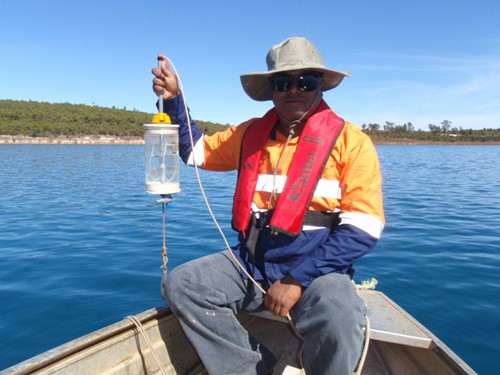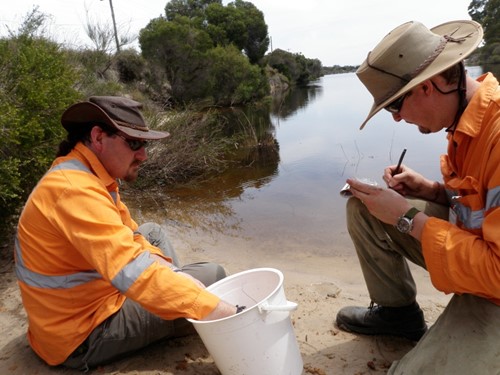Clint McCullough (MiWER), Mark Lund (MiWER), Lu Zhao (MiWER)
Conceptual modelling to better understand ecological risks posed by pit lakes
Strategic management of pit lakes as a regional resource and/or liability requires a data collection programme to advise management processes such as environmental and human health and safety. Development of a monitoring and management strategy for pit lakes and connected waters would be made through a review of the various international best practice guidelines.
This study has begun with a literature review of pit lake water quality monitoring strategies. In particular, parameters identified from reviewing existing pit lake datasets and known to be important to pit lake management and eventual modelling will be a focus of a proposed monitoring strategy. A cost-effective and achievable monitoring strategy will be developed, incorporating international best practice and parameters chosen to fill data gaps will be clearly identified. Details of sampling regimes recommended for each selected parameter will be presented. Frequency and timing of sampling will be discussed and recommended.

Photo: Sampling of bottom waters using a Kemmerer bottle on Lake Kepwari (Naresh Kumar). A water quality sampling programme is fundamental to pit lake management.

Photo: Aquatic ecological sampling is also an important indicator of pit lake rehabilitation success. Here Mark Lund and Clint McCullough are undertaking fish sampling at Centaur Pit Lake.
Outputs
